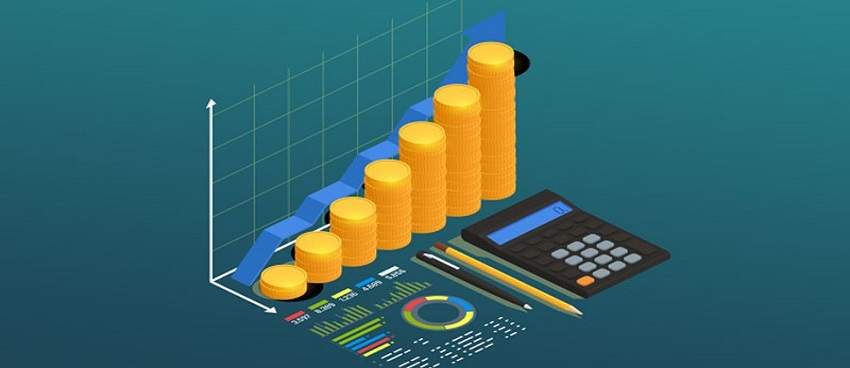How to select the right hybrid fund?

Last Updated: 18th February 2022 - 04:29 pm
Choosing from seven different sub-categories of hybrid funds make it a confusing affair for the investor. Read on to find out how to select the right hybrid fund for you.
Hybrid funds are those that are usually made up of two or more asset classes, prominently they are equity and debt. There are almost seven sub-categories in hybrid funds and most of them seem to be similar. However, in reality, they are not, divided by a very thin line between the investment strategy they adopt. Hence, this article would help you understand different sub-categories in hybrid funds and also guide you towards selecting them.
Balanced hybrid funds
According to the Securities and Exchange Board of India (SEBI) the balanced funds should at least invest 40% of their portfolio either in debt or equities. The minimum of 40% towards equity and debt securities ensures that the fund stabilities the risk-reward ratio.
Suitability:
This is more suitable for investors with a moderately conservative risk profile and this will suit their risk and returns profile.
Multi-asset allocation funds
These funds are free to invest in multiple asset classes wherein as per the SEBI norms such funds should invest in a minimum of three different asset classes. Moreover, in these three asset classes, the fund should dedicate at least 10 in each asset class. As this fund invests in multiple asset classes, it provides diversification benefits.
Suitability
This fund is suitable for investors with moderately conservative to moderate risk profile looking for diversification.
Aggressive hybrid funds
The name itself describes the fund. As per the definition from SEBI, an aggressive hybrid fund should invest a minimum of 65% of its assets in equities. However, investing in equities has a ceiling of 80%. The remaining portion of the asset allocation is contributed by fixed-income securities that invest across various debt and money market instruments.
Suitability
This fund is more suitable for investors with a moderate risk profile and prominently for first-time investors who wish to experience investing in equity markets.
Dynamic asset allocation funds
Dynamic asset allocation funds which are also referred to as balanced advantage funds is the type of fund that technically has no restrictions regarding asset allocation between equity and debt. Here the fund can shift its asset allocation from 100% in equities to 100 per cent debt, depending on the market sentiments.
Suitability
This fund is more suitable for investors with a moderate to moderately aggressive risk profile.
Conservative hybrid funds
Conservative hybrid funds are those whose objective is to protect capital along with some appreciation using a little equity allocation. As per the SEBI norms, the equity exposure of these funds should be in the range of 10% to 25%, while 75% to 90% of the assets are dedicated across debt and money market securities.
Suitability
These funds are suitable for those who wish to earn returns higher than bank fixed deposits over the long term and more suitable for conservative investors.
Equity savings fund
Equity savings funds try to strike the perfect balance between debt securities, derivatives and equities. The intention of these funds is to make sure that there is no significant impact of market volatility on the fund’s performance. As per the SEBI norms, these funds need to dedicate at least 65% of their assets to equity and related instruments, while the remaining goes towards debt securities. Having said that, the funds need to clarify in the scheme information document (SID) the minimum hedged and unhedged part.
Suitability
These funds are suitable for those who cannot withstand market volatility.
Arbitrage funds
Arbitrage funds are those that follow an arbitrage strategy wherein the fund buys the securities in one market and sells in the other and the price difference between both the markets is known as arbitrage profit. These funds make money during mounting volatility. According to the SEBI, these funds should invest a minimum of 65% in equity and related instruments. Therefore, when the arbitrage opportunities and lower the investment in debt and money market securities. Moreover, for taxation, these funds are considered equity funds.
Suitability
These funds are suitable for those who fall under the highest income tax bracket having an investment horizon of three months to one year.
- Flat ₹20 Brokerage
- Next-gen Trading
- Advance Charting
- Actionable Ideas
Trending on 5paisa
Disclaimer: Investment in securities market are subject to market risks, read all the related documents carefully before investing. For detailed disclaimer please Click here.
 5paisa Research Team
5paisa Research Team